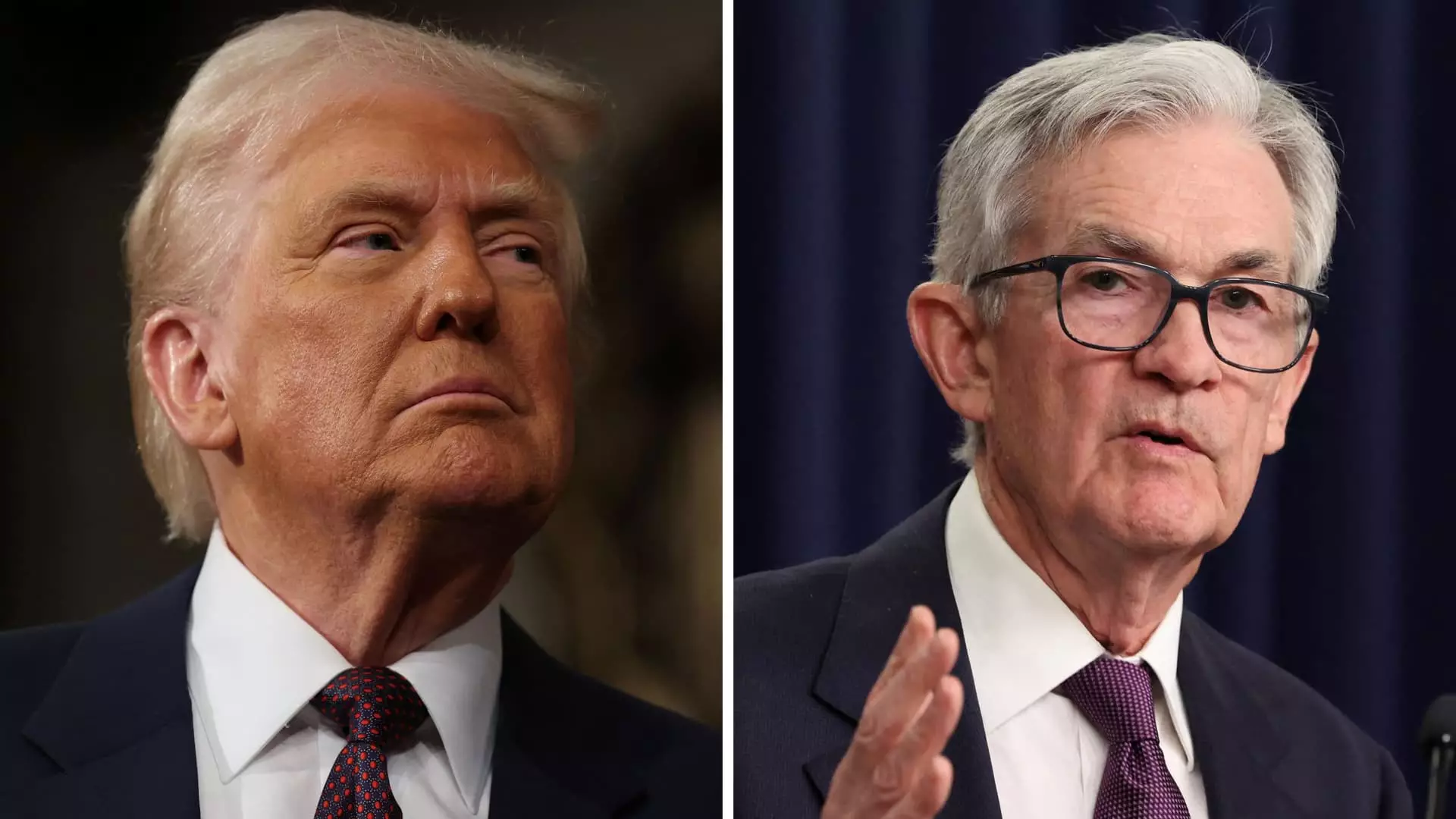Amid a turbulent economic landscape, former President Donald Trump reignited his demands for the Federal Reserve to cut interest rates, drawing a clearer line between his frustration and monetary policy. Trump’s latest social media outburst, where he even hinted at terminating Fed Chair Jerome Powell, signals a dramatic shift in rhetoric and aligns with his historical pattern of public criticism towards the Federal Reserve. This latest call to action not only highlights Trump’s influence on economic conversations but also raises profound questions about the fate of independent monetary policy in a politically charged environment.
Understanding the ECB’s Influence
Trump’s reference to the European Central Bank (ECB) cutting rates to stimulate growth reflects a strategic framing of economic policy that appeals to his base. The ECB’s decision to lower rates serves as a powerful comparison for Trump, suggesting that if Europe can take decisive action, so should the U.S. This narrative feeds into a larger theme of urgency and action — one that Trump often leverages to ignite his populist fervor. However, invoking the ECB also brings to light the fact that economic conditions in Europe differ markedly from those in the U.S. The ECB has been grappling with its own issues around inflation and growth, which renders the comparison somewhat superficial. Yet, Trump’s rhetoric is designed to resonate emotionally rather than rationally, perpetuating a sense of immediacy in an ever-complicated economic situation.
Tariffs and Monetary Policy: A Complicated Relationship
Powell’s recent remarks about how the administration’s tariffs complicate monetary policy underscore a critical intersection in contemporary economics. Trump’s tariffs, intended to protect American industries, paradoxically introduce uncertainties that make it challenging for the Fed to maintain a steady course for inflation targeting and growth stimulation. Powell’s assertion that the Fed must weigh the ramifications of tariffs against their dual mandate of price stability and maximum employment amplifies the tension between short-term political motives and long-term economic health. This friction could be seen as an invitation for Trump to continue pushing on what he perceives as an open door, as he attempts to reshape perceptions around economic competence and leadership.
The Legal Boundaries of Presidential Power
Yet, one of the most intriguing elements of this saga is Powell’s response regarding the limits of presidential power over the Fed. By firmly asserting that he cannot be terminated by the president, Powell represents a bulwark against procedural whims that often serve partisan agendas. This assertion not only reinforces the credibility of the Fed but also raises implications for future interactions between the White House and central banking authority. If Trump were to successfully challenge the norms surrounding the independence of the Fed, we could witness a significant shift in how monetary policy is conducted — potentially creating a precedent for future administrations to exert undue influence over what should remain a neutral institution.
The Economic Tug of War
Through his relentless commentary on interest rates and the Fed, Trump exemplifies a broader struggle within American politics to balance immediate economic expectations against long-term sustainability. The intersection of economic policy and electoral considerations has never been more pronounced, as Trump maneuvers through topics like inflation, growth, and interest rates to not only position himself for future political battles but also remind the public of his engagement with these pressing issues. In this light, Trump’s calls for action may not just be about economic necessity — they are as much about maintaining a narrative of relevance in the ever-volatile world of U.S. politics.

